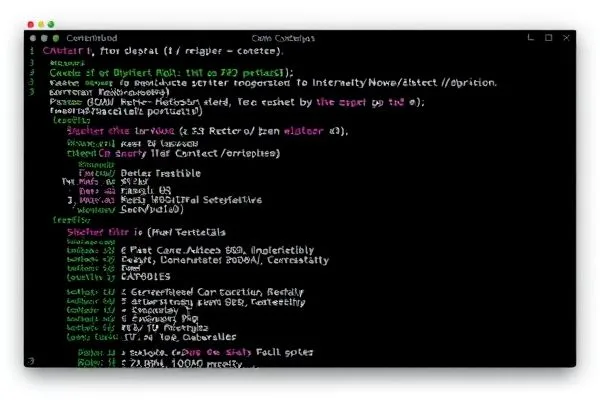In today’s rapidly evolving digital landscape, organizations are increasingly dependent on Software as a Service (SaaS) applications. With an average of 112 SaaS applications utilized per organization, maintaining security across these platforms is becoming a daunting challenge. As traditional security measures falter against the complexities of SaaS ecosystems, AI-driven security solutions are stepping in to provide a much-needed line of defense.
\n
Key Takeaways:
\n
- \n
- AI-driven solutions drastically enhance the ability to manage security across a multitude of SaaS applications.
- Data integrity and quality are paramount for effective AI security measures.
- Understanding and visualizing risks are crucial for proactive SaaS security management.
- Organizations leveraging AI for security will enjoy superior threat response and enhanced data protection.
\n
\n
\n
\n
\n
Challenges to SaaS Security
\n
The increasing number of SaaS applications poses significant security risks. Misconfigurations in security settings, coupled with the lack of visibility into shadow IT and third-party integrations, create fertile ground for potential attacks. Moreover, the speed at which SaaS providers deploy updates compounds these challenges. As the landscape grows more complex, security teams find themselves grappling with overwhelming amounts of data, leading to critical oversights.
\n
Each SaaS application has its own unique security configurations, which can lead to widespread misconfigurations—a prevalent risk factor. Furthermore, many organizations underestimate the connections made between their apps, often assuming less integration than actually exists. This disconnection can foster unrecognized vulnerabilities that require a comprehensive approach to threat identification and risk management.
\n
The Indispensable Role of AI in Security
\n
To keep pace with the evolving SaaS ecosystem, integrating AI into security operations is no longer just a choice—it’s an imperative. AI technologies such as AskOmni transform SaaS security by:
\n
- \n
- Delivering real-time security insights through conversational interfaces.
- Streamlining the identification of security events and incidents.
- Providing a clear path to remediation by visualizing risks and facilitating understanding.
- Enhancing communication through multilingual capabilities, making AI accessible to diverse teams.
\n
\n
\n
\n
\n
With capabilities such as analyzing usage patterns and access behaviors, AI not only alerts security teams to potential breaches but provides detailed guidance for remediation, ensuring that responses to threats are both swift and effective.
\n
Maximizing AI Capabilities with Quality Data
\n
For AI-driven security solutions to be effective, the quality of the data they utilize is paramount. In many cases, AI in cybersecurity operates on limited datasets that may lack context or depth, hindering its decision-making processes. Therefore, it is crucial for organizations to invest in obtaining high-quality, comprehensive data to fuel their AI systems.
\n
The integration of AI can dramatically reduce the time spent on data analysis, enabling security teams to receive actionable insights much faster. However, this relies heavily on having access to robust datasets that accurately reflect the environment and its associated risks. By prioritizing data quality, organizations can harness AI’s potential, leading to better security outcomes.
\n
Conclusion
\n
As organizations increasingly adopt SaaS solutions, the complexity of securing these platforms from potential threats is an undeniable challenge. AI-powered security solutions are paving the way for organizations to enhance their defenses and protect sensitive data effectively. By leveraging AI, businesses can not only keep pace with the growing attack surface but also create a more resilient security posture overall.
\n
FAQs
\n
- \n
- How does AI enhance SaaS security?
AI enhances SaaS security by automating threat detection, providing actionable insights based on data pattern analysis, and enabling efficient incident response. - What role does data quality play in AI-driven security?
Data quality is crucial for AI-driven security as it determines the accuracy and effectiveness of threat detection and risk assessment. - Can AI tools address shadow IT vulnerabilities?
Yes, AI tools can analyze and monitor applications in use across the organization, thus identifying and addressing potential shadow IT vulnerabilities. - What is the future of AI in SaaS security?
The future of AI in SaaS security looks promising, with ongoing advancements allowing for even more sophisticated threat detection and risk management capabilities.
\n
\n
\n
\n









